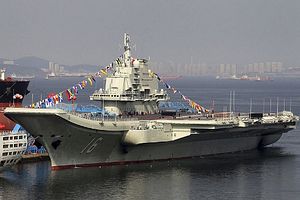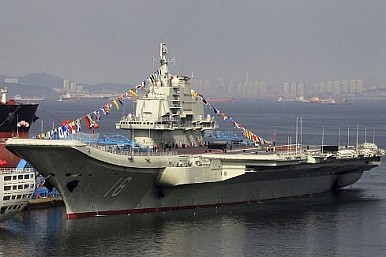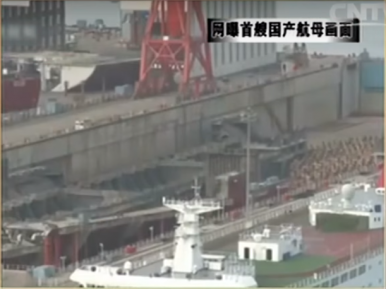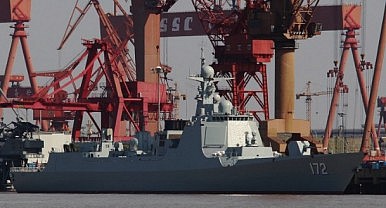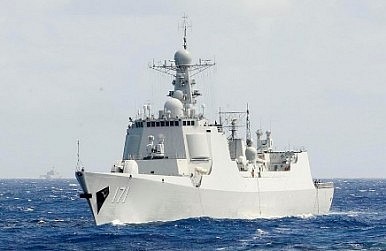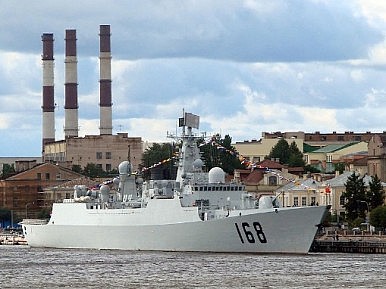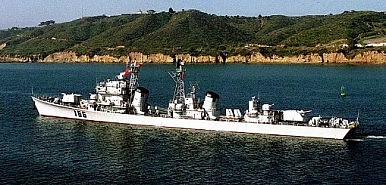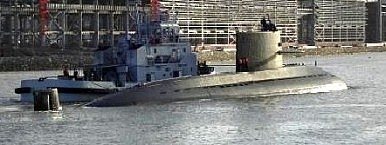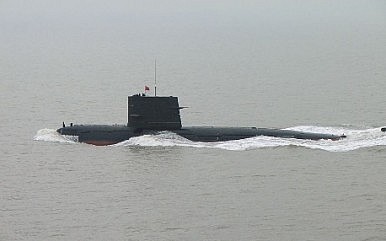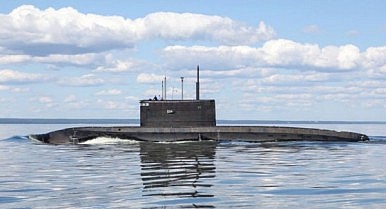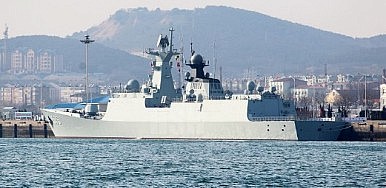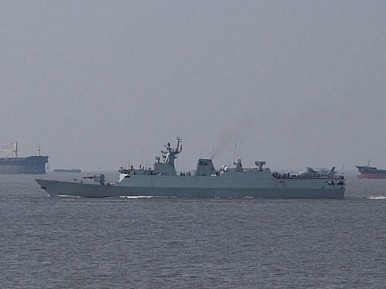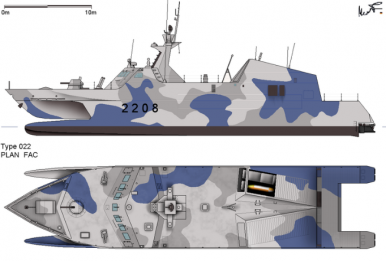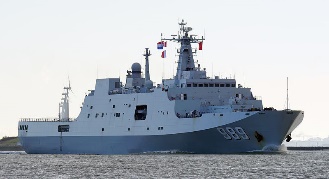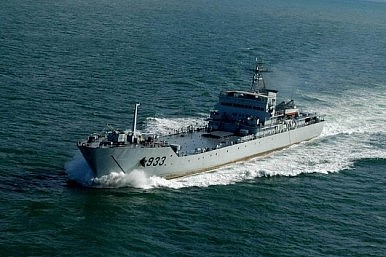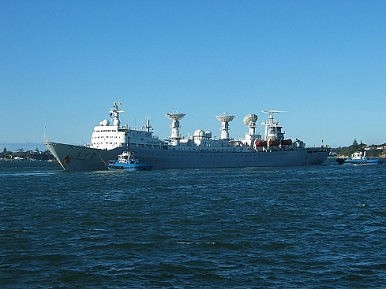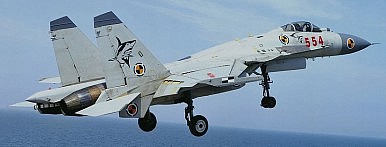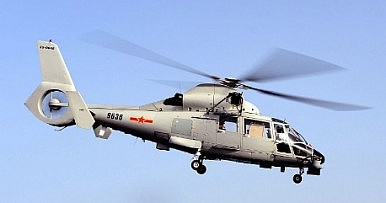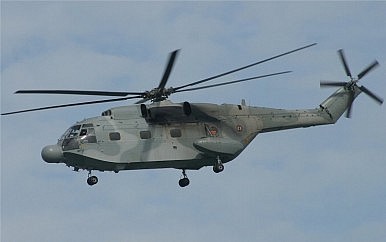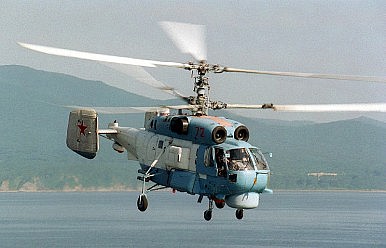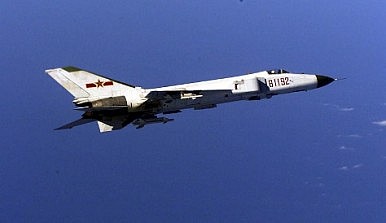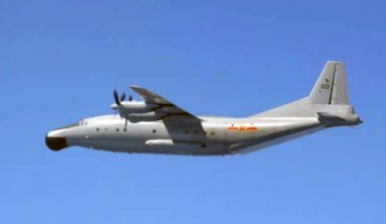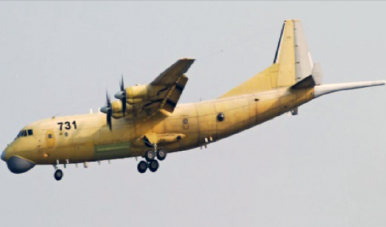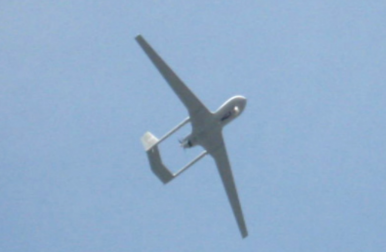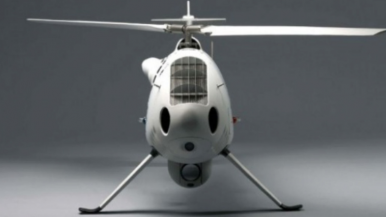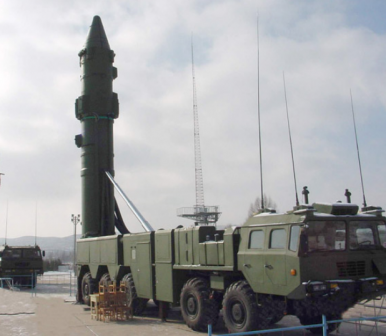Since World War II, the sine qua non of maritime power has been the carrier strike group, that assemblage of warships and other assets which together comprise the floating fortress that is the king of combat sea power. The Chinese People’s Liberation Army–Navy (PLAN) is in the process of building its carrier strike group, although it currently only possesses one carrier still in the process of training aircraft operations. This article shows the current state of China’s efforts by listing and describing key pieces of PLAN equipment.
Although great attention is still placed on the traditional strike group, we should keep in mind that it will be the realms of cyber, space, and unmanned aerial vehicles (UAVs) that will do the most to shape any future war at sea. China has placed great emphasis on these areas.
It is tempting to ask whether PLAN might skip the carrier strike group entirely, moving directly into a UAV-heavy targeting model while eschewing the powerful but obsolescing task groups of various vessels. The answer for the foreseeable future is “no.” China and its Navy still see the carrier group as being essential to great power status and are unlikely to abandon it.
The best and most ready reference on PLAN is The PLA Navy: New Capabilities and Missions for the 21st Century, published by the Office of Naval Intelligence in 2015.
The Carriers
Liaoning CV-16 (Kuznetsov-class): Launched in September 2012, China’s first aircraft carrier made it just the fifth nation to possess conventional takeoff and landing fighters aboard an aircraft carrier. Less capable than the U.S. Nimitz-class, the Liaoning’s greatest contribution to PLAN will be as a trainer to build its future carrier force.
Type 001A*: China’s first domestic carrier, said to employ conventional power and have greater combat ability that the Japanese helicopter carrier, currently under construction at Liaoning Shipyard.
There is also media talk about second domestically produced carrier, this one to be nuclear powered.
Destroyers
Luyang III guided missile destroyer (DDG, type 052D): China in 2015 began commissioning the Luyang III, its most advanced destroyer. It is equipped with extended-range variant of the HHQ-9 SAM and vertically launched YJ-18 anti-ship cruise missile (ASCM) with a range of 290 nautical miles.
Luyang II DDG (052C): equipped with HHQ-9 surface-to-air missile (SAM, range of 55 nautical miles), modern combat management systems, and modern anti-aircraft sensors such as the Chinese Sea Eagle and Dragon Eye phased array radar. It is also likely equipped with variant of YJ-83 (type C802 and C802A, up to 100 nautical miles range) or YJ-62 ASCM (C602, 150 nautical miles range). For comparison, the export variant of the YJ-62 model claims a range of 150 nautical miles, although true ranges for domestic missiles are probably far longer.
Luyang I DDG (052B): Older model equipped with YJ-83 ASCM.
Luda destroyer (DD, 051): China’s first domestically produced destroyer, being replaced by later models.
Submarines
China’s submarines are designed for anti-surface warfare, particularly in regional sea lines of communication (SLOCs), with anti-ship cruise missiles (ASCMs) but without towed arrays;
Yuan-class diesel attack submarine (SSP, 039A): The Yuan class is PLAN’s most modern conventionally powered attack submarine. There were 12 in service in 2015 with eight more slated. It is equipped with the new YJ-18 ASCM, similar to SS-N-27, much longer range than the older YJ-82.
Song-class diesel-electric attack submarine (039): Originally carried the YJ-82, China’s first submerged-launch ASCM. Now carries YJ-18 ASCM.
Ming-class attack submarine (SS, 035): Lacks ASCM capability.
Artist’s rendering of Romeo-class submarine upon which Type 035 was based.
Kilo-class diesel-electric attack submarine: Russian-built submarine, all but four of 12 are fitted with SS-N-27 ASCM with a range of approximately 120 nautical miles.
Shang-class nuclear-powered attack submarine (SSN, 093): Equipped with YJ-18. Two were built between 2002 and 2003 with four under construction in 2015. The Shang was designated to replace the older Han SSN.
Type 095 nuclear-powered attack submarine (SSN): Expected next-generation SSN with improved quieting and weapons capacity.
(N0 Picture Available)
Jin-class nuclear-powered ballistic missile submarine (SSBN, 094): The Jin’s JL-2 SLBM has three times the range of the Xia class’s JL-1 SLBM. China would require 5 Jin-class submarines to maintain continuous peacetime nuclear missile coverage.
Frigates
Jiangkai II guided missile frigate (FFG, 054A): Equipped with the HHQ-16 SAM, range approximately 20-40 nm.
Jiangdao corvette (FFL, 056): Production of this corvette began in 2012. It carries four YJ-83-family ASCMs and is equipped to patrol China’s claimed EEZs, including the East and South China Seas, but not supplied or armed for blue water operations further out. PLAN possessed 20 in 2015 with a projected total of 30-60 to replace some of the aging Jianghu I FF (053H) frigates.
Other Vessels
Houbei torpedo gunboat (PTG, 022): With a high-speed wave-piercing catamaran hull, waterjet propulsion, signature-reduction features, YJ-83 family ASCM (export variant range of 100 nm), Houbei provides modern coastal defense and area denial capability.
Yuzhao amphibious transport dock (LPD, 071): Yuzhao’s capabilities signal China’s entry into over-the-horizon (OTH) amphibious warfare. It carries up to four Yuyi air cushion landing craft (LCUA), four or more helicopters, armored vehicles, or troops. PLAN has four on hand with more expected near term.
China is also expected to produce a larger amphibious assault ship (LHA), including full-deck flight deck for helicopters.
Yuting II tank landing ship (LST, 072II): PLAN is building Yuting II in low numbers to replace older Yukan units.
Anwei hospital ship (920): China regularly employs its Anwei class hospital ship Peace Ark in humanitarian assistance/disaster relief role.
Dalao submarine rescue ship (ASR): Dalao is a state of the art support vessel and carries the LR-7 submersible. China recently added three.
Dasan fast rescue ship (ARS): trimaran hull
Yuanwang 5 and 6 satellite and rocket launch telemetry vessels: Used in China’s space program.
Daguan miscellaneous auxiliary ship (AG): Provides berthing and logistical support to the carrier Liaoning.
Dongdiao electronic surveillance ship (AG, 815): PLAN had four Dongdiao in 2015, several of which had been launched since 2013. One was seen observing Chinese ships at RIMPAC in 2014.
Aircraft
J-15 Shenyang (Flying Shark): Externally similar to the Russian Su-32 Flanker D, China’s first carrier air regiment will be composed of this aircraft, likely armed with PL-8 and PL-12 air-to-air missiles.
Z-9C Harbin (Dolphin): Flying since 2000, the Z-9C operates from all helicopter-capable PLAN combatants. It can be equipped for anti-submarine warfare (ASW), among other roles. The Z-9D improved naval variant has been observed carrying ASCMs.
Z-8 Changhe: Medium-lift helicopter reverse engineered from French Super Frelon. Capable of a wide range of missions, in particular search and rescue, troop transport, and logistical support. Its size limits its employment to larger surface combatants, including the Liaoning and Peace Ark. The Z-18 variant is used in an airborne early warning (AEW) role.
Ka-28 Helix: Export version of Russian Ka-27.
J-8F Shenyang: Upgraded version of J-8B/D with radar-guided air-to-air missile, upgraded avionics, and improved engine.
J-10A Firebird: Domestically produced 4th generation fighter with modern radar, glass cockpits, and PL-8 and PL-12 air-to-air missiles. It is among the most advanced aircraft in the China’s inventory.
Y-8 Mask: A Chinese-licensed version of former Soviet An-12 Cub, PLAN employs several special mission variants of the Y-8.
Y-9: The Y-9 is a specialized ASW aircraft likely still under development.
BZK-05 Harbin: Land-based system with long loiter time and slow cruising speed ideal for maintaining maritime situational awareness.
S-100: Austrian-made cam-copter observed operating from PLAN surface combatants. PLAN will likely shift to domestically produced variants in the future.
DF-21D anti-ship ballistic missile (ASBM): With a range of over 810 nm, the land-based DF-21D “carrier killer” relies on remote targeting to deny opponents access to China’s near seas.
* Note that PLA weapons may be referred to either with a specific designation (e.g. “DF-21D ASBM”) or by the generic designation “Type” (e.g. “Type 001A”). Using “Type,” however, does not specify what type of system it is (e.g. ship, aircraft, etc.).













